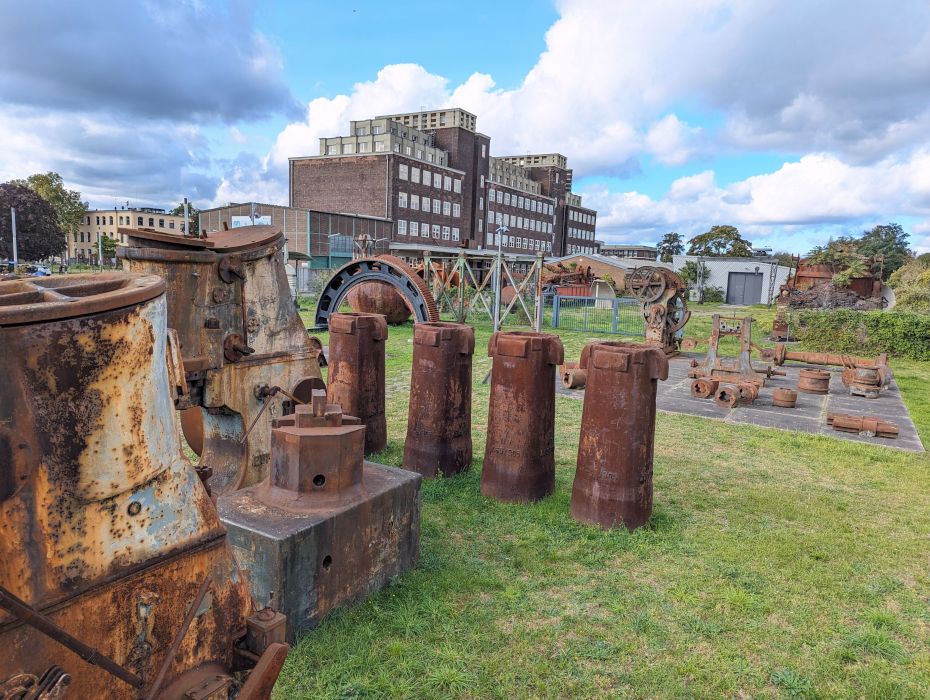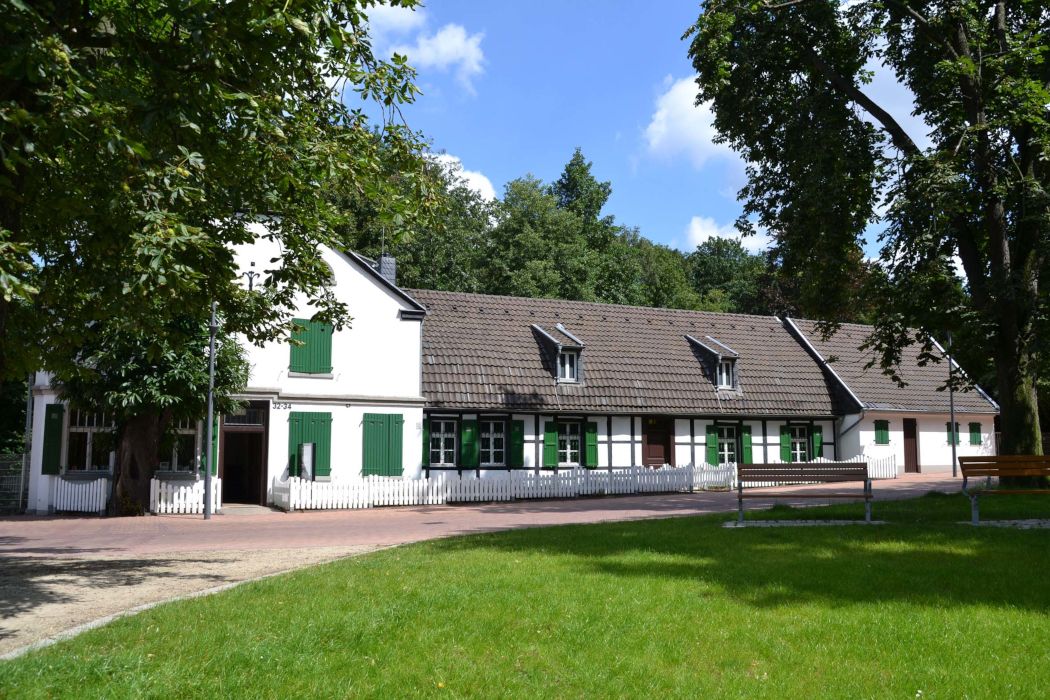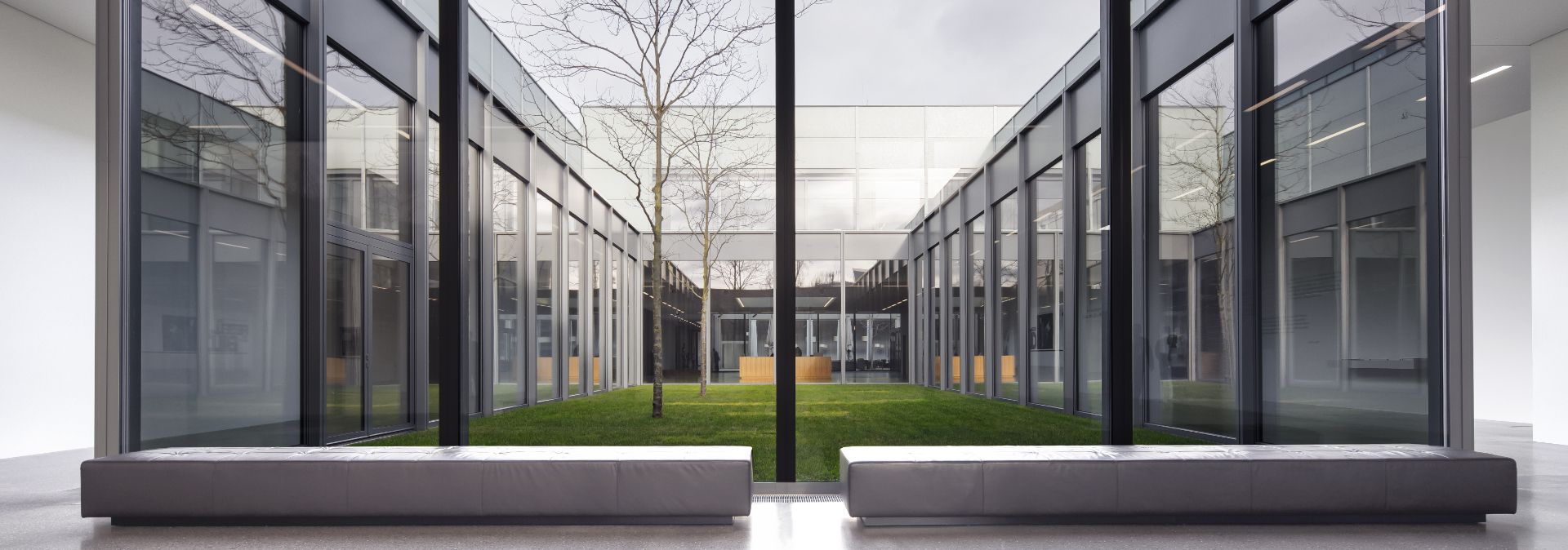The long, towering sculptures by the sculptor Wilhelm Lehmbruck extend far into the light-flooded room of the Lehmbruck Museum. The large glass windows, vaulted concrete walls and pebbled stone create the perfect space to showcase the important works of art by the pioneer of classical modernism. They are at home here. In the temple of art created especially for them. One of the most important sculpture museums in the world. In the middle of Duisburg's Immanuel Kant Park. Centrally located, south of the city center.
The building, which was designed by architect Manfred Lehmbruck and ceremoniously opened in 1964, is, according to the artist's son, a shelter for the preservation of his father's works, which achieved world fame primarily through their expressive power. This time it is "The Kneeling Woman", whose graceful and graceful features tell of a unique inventory of abstraction. She is regarded as a visual symbol of modernity, an ideal of beauty and a source of inspiration for countless works by other artists such as Joseph Beuys. This time it is "The Fallen Man", which portrays the antithesis of a typical heroic war hero. The bronze statue depicts a naked youth with a sword stump on his knees, embodying the powerlessness of man. On closer inspection, visitors will discover that his pose resembles a fragile bridge - Wilhelm Lehmbruck's way of coming to terms with his experiences of the First World War.
In addition to the sculptures of the miner's son, who was born in Duisburg in 1881 and committed suicide in Berlin in 1919, art fans will find other sculptures of international standing in the 5000 square meter exhibition space. Exhibits from the 20th and 21st centuries include works by Salvador Dali, Alberto Giacometti, Rebecca Horn, Käthe Kollwitz, Richard Serra, Antony Gormley and Henry Moore. Expressionist, Cubist and Surrealist paintings and numerous prints round off the comprehensive presentation. Paintings by Pablo Picasso, René Magritte, Max Beckmann, Max Ernst and Oskar Schlemmer thus enter into a dialog with the figures made of metal, bronze or stone; together they offer the public new scope for interpretation.
Once visitors have explored the Lehmbruck Wing, the large glass hall and the extension, they can expand their knowledge in the Kantpark's public sculpture garden. It functions both as a place of recreation and a platform for exchange. Visitors can strike up a conversation on the paving and paths in the greenery as they gaze at the works of Tony Cragg, Meret Oppenheim and Erich Hauser. More than 40 works characterize the pretty cultural oasis, which not only inspires experts with its combination of art and nature.



